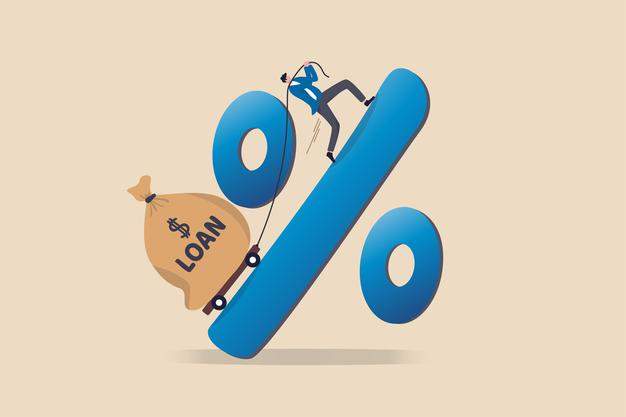
Financing for small and medium-sized enterprises in India has taken the front stage, backed by the Central and various State Government initiatives. An expected reduction in the SME loan interest rate after subsequent repo rate cuts by the RBI last year is only set to boost this loan segment. A widespread availability of these business loans for small and medium-sized enterprises combined with increased affordability can be a crucial pedal for bringing India’s sluggish economy back to track.
Along with the changing market trends affecting the interest rates for small business loans, various other factors also bear a critical weightage on the final interest levy. Some of the factors affecting interest rates and ways to secure affordable business financing are detailed below.
Benchmarking System Followed for Interest Rate Determination
SME loan interest rate determination is based on the benchmarking system followed by a lender. RBI mandates financial institutions to follow either an internal benchmarking system or an external benchmarking system for minimum interest rate determination. The two common benchmarking systems followed by lenders are MCLR and RLLR.
- MCLR: Expanded as the Marginal Cost of Funds Based Lending Rate system, it is based on internal benchmarking. Under this system, a lender’s spread is added to the base rate set by lender based on various factors to determine the commercial lending rate.
- RLLR: As against MCLR, RLLR or Repo Rate Linked Lending Rate system is a base rate determination system based on external base rate benchmarking. Among the various external benchmarks allowed by RBI, RLLR uses repo rate as the minimum base rate, which is added to the lender’s spread for interest rate determination. With the current cuts in repo rates, RLLR based loans have seen remarkable SME loan interest rate reduction across lending platforms and institutions.
Type of Interest Rate Levy – Fixed vs Floating Rate
A borrower can choose from either fixed or floating rate of interest for suitable repayment affordability when availing an SME loan.
- Fixed rate of interest
Under the fixed rate system, interest rate is determined at the beginning during loan sanctioning, and remains fixed throughout the tenure. Thus, the exact EMIs can also be estimated without any interest charge variation over the tenure. It can be beneficial if the overall lending rates are set to rise in the future as per trend forecasts.
- Floating rate of interest
In case of floating rate system, the interest rate levy can vary depending on the market trends. The MCLR and RLLR based lending systems are a part of floating rate system, and create the entire interest levy mechanism. Availing an SME loan at floating rate can be beneficial if the market trends indicate a gradual decrease in the future lending rates.
Ways to Reduce Your SME Loan Interest Rate Levy
Along with taking care of the factors mentioned above, you can also adopt other techniques that should help secure the lowest SME loan interest rate.
1. Go for lender comparison
It is essential to go for a detailed market research for suitable lender comparison so that you have a fairly sufficient idea of the lending institution extending the lowest rates. Once you have selected some of the lowest rates, compare features and other charges to make an informed decision.
2. Provide all income documents
Income documents serve as a proof of a borrower’s repayment capacity. Providing all income documents helps you negotiate with your lender for an affordable interest rate on your SME business loan.
3. Apply with a high personal and business credit score
Credit score is a suitable indicator of an individual’s creditworthiness, reflecting his/her credit behaviour, repayment habits and financial discipline, among other aspects. A high credit score thus depicts you in a better position to avail reduced SME loan rates. Make sure to take steps towards improving both personal and business credit score for maximum benefits.
4. Submit a concrete cash flow and repayment plan
A well-planned business financing with repayment strategy allows the lender to look into your financial discipline and weighs your application for better rates. With all expenditure and repayment plans in place, you stand a better chance at interest rate negotiation.
Furthermore, you can also look for lenders offering RLLR based funding to secure the best SME loan interest rate for affordable repayment. When applying with an existing lender, leverage your relations with the financing institution to negotiate for reduced rates on your SME loan.
